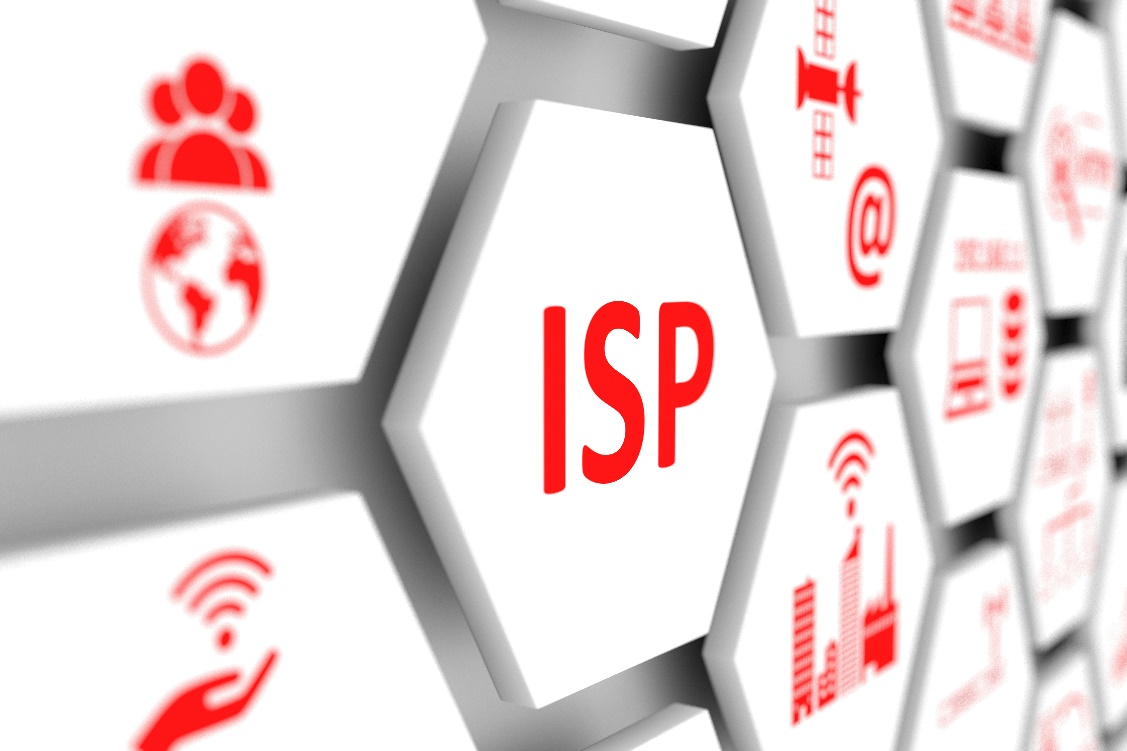What is an ISP?
ISP is short for Internet Service Provider, a company in your area that supplies you with access to the Internet and related services through several types of connection. There is a great number of ISPs throughout the world that offer various types of plans and fees, and the most well-known is AT&T, Verizone, Comcast Xfinity, etc. By the way, it is an ISP who provides you with an IP address - an identifier used while surfing the Internet.
Performance chain
When you make a request to open a web page or download a file through your connected to the Internet device, a whole chain of events occurs. First, the web browser you are using (e.g., Google Chrome, Mozilla Firefox, Internet Explorer, Safari, etc.) uses DNS servers to translate the alphabetic address of your request into its IP address. Then this IP address is sent from your router to your ISP, which in turn forwards it to the ISP of your request destination, and only then, in reverse order, the data you are searching for travels back to your device. However, it takes just a few seconds to perform this complicated process.

Types of ISPs
With the continuous improvement of technologies, the types of Internet Service Providers have grown in order to provide faster, better, and more reliable Internet. There are Dial-Up, DSL, cable, wireless, and satellite ISPs.
The Dial-Up Internet connection was one of the very first ways of using the Internet and the slowest one. Users need a modem in order to connect to a remote server via a telephone line. The problem users experienced using the Dial-Up method was that being connected to the Internet, no one could get through – the phone-line was occupied. And when someone used a phone, the connection was broken.
The Digital Subscriber Line (DSL) connection is usually provided by a phone company, whose users need a DSL router to be able to access the Internet. The connection is carried out with the help of the extra signals that do not interfere with phone signals. Today this method is widespread, affordable, and much faster than the Dial-Up method.
Cable ISPs are often companies that provide internet access and television together, using electric or fiber optic cabling (the latter transmits the signal using pulses of light and is highly efficient, durable, and fast). As this method has become as common as Dial-Up and DSL connection, some phone companies (which are DSL ones) have begun to provide cable services as well.
Wireless Internet Service Providers (WISPs) provide wireless internet access, which has been getting more and more popular as it doesn’t require such cumbrous equipment as other methods do. However, today wireless speeds are usually lower, comparing to other methods, and there can be connection interruptions due to a big distance between the ISP and the device connected to the Internet.
Another, a less common and much more expensive way, is providing internet access through a satellite in near-earth orbit. This method is usually used in remote areas where it is difficult or impossible to use cable or DSL services. Although its speed is about the same as the speed of the abovementioned services, there is often a cap of the amount of data that can be used per month.


0 comments:
Post a Comment